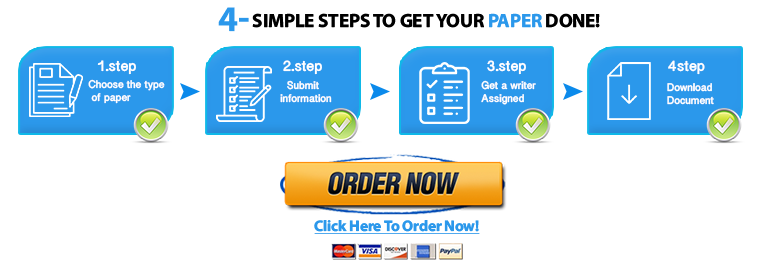UAG Using Student Bodies as A Web Based Mediation Discussions
1:
Adolescence is a time of trials and tribulations. Teens are dealing with the formation of self and identifying who they are in the world. They are also experiencing biological changes that create mood swings and at times emotional outbursts. Interventions for this group can be challenging, as adolescents often avoid asking for assistance. This avoidance is due to their desire to look normal and fit in. Online interventions might be one way to reach adolescents who need help.
Choose a concern that adolescents face, such as depression, suicide, self-esteem, eating disorders, substance abuse, or family dynamics and family conflict. Conduct research to find an online intervention that addresses this concern.
By Day 3
Post a description of an Internet-based intervention used with adolescents to address the concern you identified. Describe the intervention and the underlying theory. Identify the target behaviors that this intervention is used to address. Finally, describe the strengths and weaknesses of the intervention.
2:
Social workers who utilize the solution-focused model are mindful of how their conversations with their clients, families, groups, or even community members facilitate their thinking about solutions. The client is always the “expert,” and therefore social workers ask questions to explore how the client perceives the problem and situation.
Social workers may use solution-focused questions such as the miracle question. For example, “Suppose you woke up one morning and by some miracle everything you ever wanted, everything good you could ever imagine for yourself, had actually happened—your life had turned out exactly the way you wanted it. What would be different in your life?” When clients are asked this, it forces them to reflect on what they want or would like to achieve. By projecting themselves into the future, clients are more likely to imagine what is possible rather than focusing on the past and their failures. This allows for the possibility of developing solutions.
In this Discussion, you apply the solution-focused model and solution-focused questions. You provide other solution-focused questions, similar to the miracle question that was provided for you.
Although the textbook provides actual examples of solution-focused questions, always think about your client—you may have to modify the question a bit to take into account the client’s age, cognitive and developmental stage, culture, etc., so that the question makes sense to the client.
To prepare:
- Recall a case from your fieldwork experience to use for this Discussion.
By Day 3
Post:
- In 1 to 2 sentences, briefly identify and describe the problem as perceived by the client, family, or group that you dealt with in your past fieldwork experience.
- From the list of solution-focused questions on page 520 (e.g., exception questions, coping questions, scaling questions, and relationship questions), identify two different types of questions, and ask each question as if you were actually asking the questions to the client. (Remember, do not use the miracle question.) WHO IS YOUR GREATEST SUPPORT? WHAT DID THEY DO THAT WAS HELPFUL?
- Remember that the goal of these questions is to assist clients in identifying a solution
- Explain how asking these two questions would help the client in coming up with the solution.
- Reflect and explain how asking these questions made you feel and perhaps how the client might feel.



Leave a Reply
Want to join the discussion?Feel free to contribute!